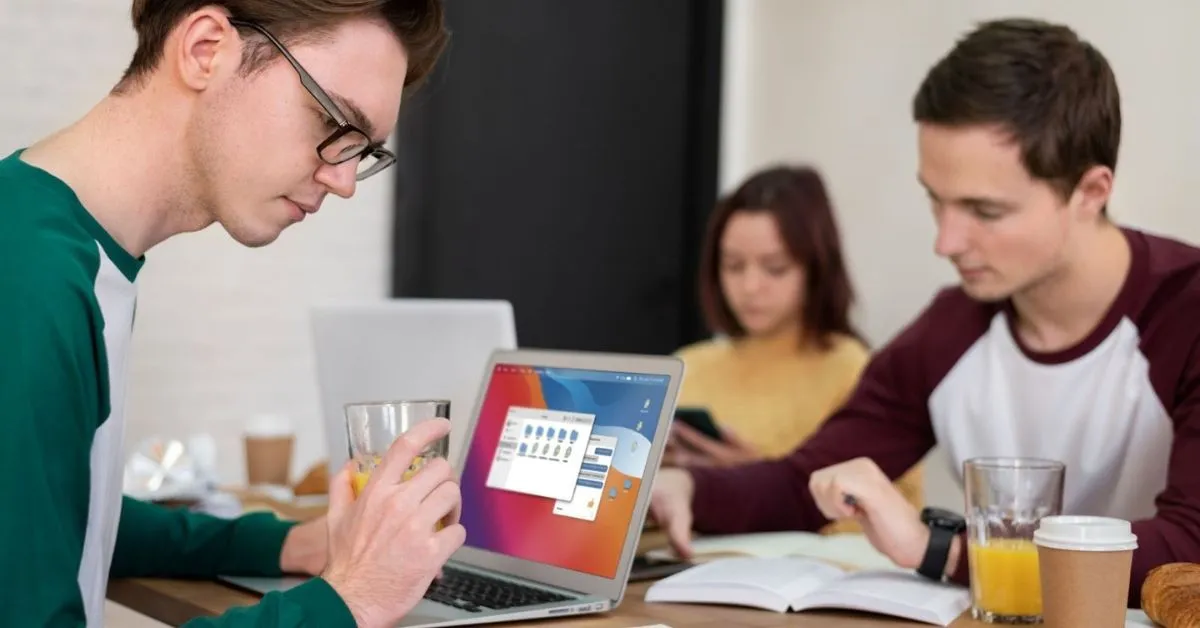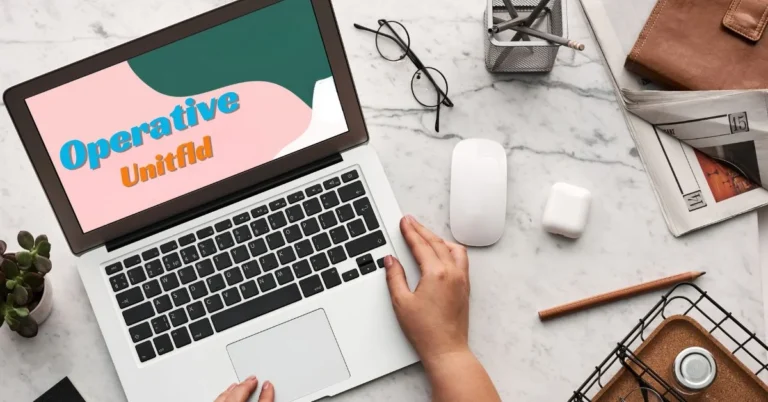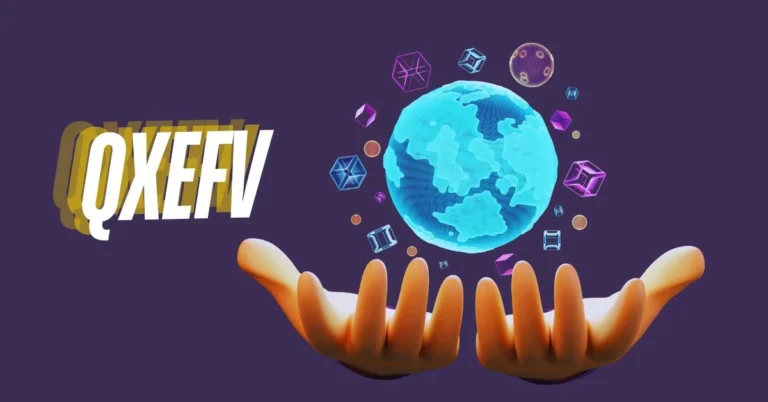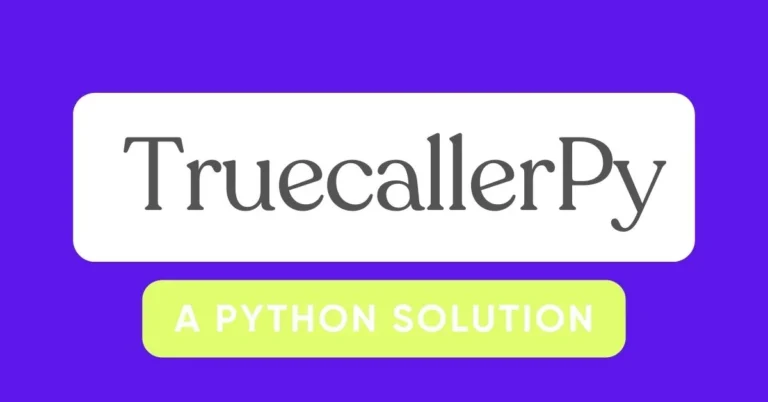How is the image to text converter helpful for students?
Do you need a tool that can improve your productivity as a student? If it is! Here it is the image-to-text converter. You often interact with images that contain important information for your study. Also, you could receive any assignments to submit in the soft form. In these cases, you have to extract the text from the images by typing it on the keyboard. It is a very tough task. Isn’t it?
So, to help you with this tough task, I will tell you about the image to text converter. It can extract text from images and scanned documents and convert it to machine-readable text. It can convert hundreds of words in just a few seconds. Let us discuss it in detail.
What is an image to text converter?
The Image to Text Converter is a powerful program that can take text out of images and turn it into text that computers can read. They use OCR (Optical Character Recognition) technology. This technology operates by analyzing the pixels of the images and subsequently converting them into text. This tool can extract text from images in various formats, including JPG, PNG, and TIFF.
How do I use the image to text Converter?
It is very easy to get text out of pictures using an online photo to text converter. Simply follow these steps:
- Go to the Image to Text Converter.
- You can either drag and drop the picture into the box or click the button in the box to choose the file from your computer.
- Click “Submit” when you are done uploading.
- The text will be taken out of the image automatically by the tool.
- Copy text to the clipboard and use it
How Image-to-Text Converter is Beneficial for Students
For students, keeping track of their notes is a lot of work and takes a lot of time. Occasionally, they are required to rephrase textual information that is presented to them in the form of images.
They can greatly benefit from an image to word converter in this situation. An image to word converter can assist a student in completing more tasks in less time in the following crucial ways:
Help in Data Management
A student’s study materials can be much more efficiently organized with the help of an image to text converter. Students can easily convert their visual notes, diagrams, and other materials into text using this technology. Documents can be created from this text for easy editing, rearranging, and sharing.
Saves Time
One of the most beneficial aspects of this tool is that it saves a student valuable time. With this tool, they can easily and quickly transform images into editable text. Students could digitize their notes by taking pictures rather than retyping the text.
Makes Data More Easily Accessible
Paper notes are easier for everyone to access after being turned into editable Word documents. It is easy for students to access, change, and share converted Word files with each other on a range of devices. This makes it easier for students to work together and share data across different platforms.
Gives Accuracy
There is a greater chance of making mistakes when writing an assignment by hand. But there is no way for online tools to make mistakes. The main objective of this tool is to eliminate human errors and produce more accurate text.
Translate to other Languages
Students have a lot of trouble because most of their course books are written in languages other than their own. Occasionally, these books use words that students can not understand.
It will take a long time and there is a chance of making mistakes if students try to translate these books into their own language by typing them in first. In addition to converting, some converters also do translation. All you have to do is snap a picture and add it to the tool. Once the text has been extracted, it can be translated into any language you want.
Applications of Image to Text Converters for Students
Students can use picture-to-text converters in a variety of ways. Some common uses are as follows:
Organizing Notes
Students need to keep important notes from professors and fellows in order to study for tests. It can be hard to keep track of all these notes. Students can make this process easier by using an image to text converter to turn pictures of paper notes and whiteboards into text.
Obtaining old Information
Students frequently receive paper documents that are either faded or inaccurately printed. It is difficult to use this type of document. Students can extract text from these files and use it to create a new document that is easy to read and understand.
Making Content Visible
An image to text converter is a key tool for many visually impaired students. They are able to gain access to resources that would otherwise be out of reach for them. It can convert images of text into text that can be displayed on a screen or read aloud. It helps students understand newspapers, books, and websites and find information in them.
Looking into Several Sources
Students who are conducting research are required to gather essential information from a wide variety of sources, including various types of books, research papers, and e-books. There are some e-books that do not permit users to copy the text data. A student can take a picture of the book and use an image to text converter to convert it into text.
Suggestions for using the image to text converter
The original document’s quality, the text’s clarity, and the font type are three variables that can affect OCR technology’s accuracy. If you want accurate results when translating image text, follow these tips:
Check the Image’s Clarity and Quality
The accuracy of the generated text is directly proportional to the quality of the original image. Evaluate the image’s brightness. Watch out for things like blurry pictures or paper that might make it hard to read the words or text.
Choose an Efficient Converter
Before extracting the text, make sure to choose an efficient and secure tool. Some tools are very quick and secure. Read the customer reviews. The best method is to use some tools and evaluate their working time and text accuracy.
Revise Results
Image text extractors are useful, but proofreading and comparing the converted text is crucial. This is especially important for student assignments. Also, make sure that the formatting of the text matches the rest of the layout to make sure it is correct.
Tips to use Image to Text converter
The image to text converter’s accuracy can be affected by three things: the quality of the original document, the clarity of the text, and the type of font used. If you want to translate image text correctly, do these things:
Check Image Quality
The quality of the original image has a direct effect on how well the text was extracted. Briefly check if there is any misprint or tearing in the paper. If it is, review that part of the text thoroughly. If you have the paper document, it is better to take the picture again with better quality.
Select an Efficient Tool
Select a reliable and safe tool before you begin text extraction. A few of the tools are lightning fast and safe. For best results, try using some tools and assessing their efficiency. Then select a tool according to your needs and evaluation.
Check the Results
If you use an image text extractor, make sure the text you get is correct by reading it over and comparing it to the text on the image. The tools are efficient but there is a possibility that they can sometimes miss important information. It can be due to multiple reasons, including language differences, condensed fonts, or improperly handwritten notes.
Conclusion
Image-to-text converters are a useful tool for students that can help them learn and be more productive. Images and scanned documents can be turned into editable text, which helps students save time, get to data more easily, and do better work. It gets rid of language barriers even more by letting extracted text be translated into different languages. This creates new research and understanding opportunities. As technology improves, image-to-text converters will also get better and offer even more useful features, helping students learn and do better.







